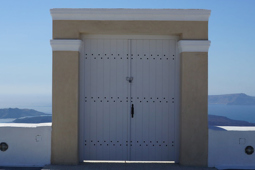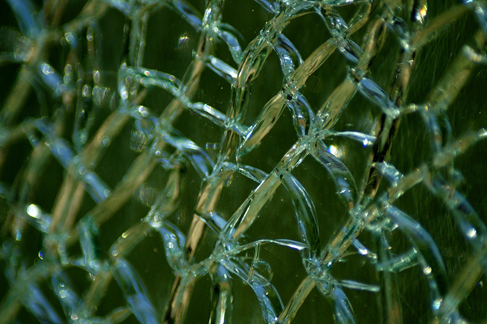
When do I need safety glass in doors and windows, and what type?
Project type
Glass in doors and windows must meet building regulations requirements for safety glazing in certain critical locations. This means that the glass will either not break or will break safely like a car window (i.e. not into shards).
Critical areas
The following locations shown in the diagram below (taken from Approved Document K in England and Wales) may be considered "critical" in terms of safety:
- Glazing in doors where it's wholly or partially within 1500mm of the floor level.
- Glazing adjacent to doors where it's wholly or partially within 300mm of the edge of a door and which is also wholly or partially within 1500mm of the floor level.
- Low level glazing not covered by (1) or (2). Glazing which is wholly or partially within 800mm of the floor level.
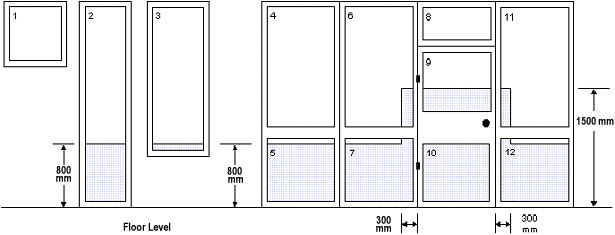
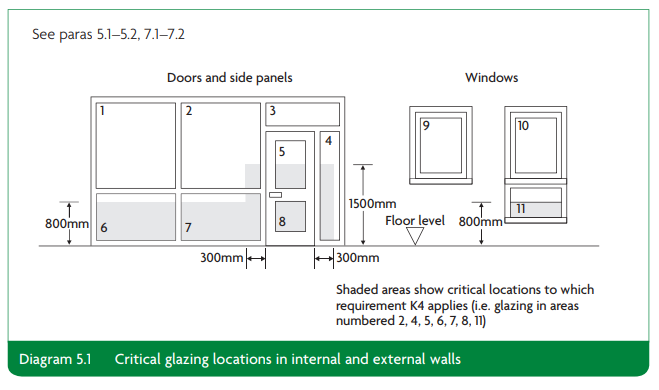
Shaded areas show critical locations to which building regulation requirements in Approved Document K applies (as in the above diagram).
Safety glass, which complies with BS 6206 may be fitted in 'critical locations' categorised as Class A, B, or C with A being the highest grade of safety glass. If you have been asked to use safety glass, this should have a kitemark stamp showing that it complies with BS6206.
Different types of glass can be classified as safety glass
Toughened glass (also called tempered) - Class A
This looks like ordinary glass but receives a special heat treatment process to toughen it. It is much stronger than ordinary glass and on impact disintegrates into small granular pieces like the glass in a car. The pieces aren't sharp, reducing the risk of injury.
Laminated glass - Class A, B or C
Made of two or more sheets of ordinary glass which are attached together by a plastic interlayer. The plastic layer provides a barrier and on impact any broken shards of glass will remain attached to the plastic, reducing the risk of injury. Laminated glass is very hard to break so is used in low level windows on upper storeys which must not break, balconies and balustrading, to prevent falling.
Wired glass/Georgian wired glass
This glass has a network/mesh of wires embedded in it. Certain types of wired glass can satisfy the impact requirements for safety glass while giving a level of fire resistance.
How do I know if it’s safety glass?
British Standard 6206 requires that each piece of safety glazing used within 'critical locations' should be marked with a Kitemark with British Standard number 'BS 6206'.
Further information
Useful guidance

Do I need building regulations approval for my new or replacement windows and doors?
Read article
Do I need planning permission for my windows and doors?
Read article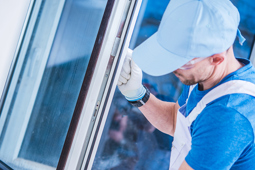
Who can install windows and doors?
Read article